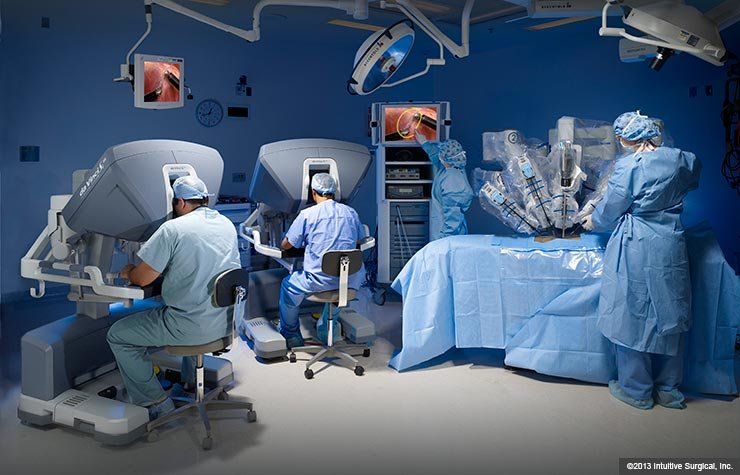
IX Innovation, a medical IP creation and monetization company focused on inventing the future of human surgery, and portfolio company of IntuitiveX, today announced the U.S. Patent and Trademark Office (USPTO) issued U.S. patent 11,389,248 entitled "Surgical Robot Evolution and Handoff". This patent is the third in a series of many robotic surgery related assets which will be issued over the course of the year.
"The combination of artificial intelligence and human expertise in the realm of surgical robotics marks a new era of precision, efficiency, and improved patient outcomes." Commented Mark Han, Chief Legal Officer of IntuitiveX. "I recognize the immense value in harnessing these cutting-edge technologies to deliver innovative solutions that can transform the way we approach surgical procedures and improve the quality of life for patients everywhere."
The 'Surgical Robot Evolution and Handoff'' patent relates to the use of a robotic system for performing surgery wherein the robotic system is controlled jointly by an artificial intelligence and a surgeon. As of today, existing surgical robotic systems only provide assistance to surgeons such as removing tremors and offering improved visualizations and less invasive ways of operating within a patient. Despite their complexity and myriad of features, these systems are simply tools which are incapable of replacing the role of the surgeon, and while they may relieve some burdens from the surgeon and improve their stability, they are not alone sufficient to significantly impact patient outcomes from complications beyond facilitating less invasive procedures.
The robotic system has the capacity to enable the surgeon to perform the entire surgery or alternatively allow the artificial intelligence to control the robot and perform part or the entirety of the surgery. With this approach, the artificial intelligence is trained by data from previous surgeries and may provide indication to the surgeon when it has sufficient data to take over parts of a surgery and can prompt the surgeon when there is insufficient data for the artificial intelligence to continue. Alternatively, a supervising surgeon may manually take back control of the robot from the artificial intelligence.
Source: IX Innovation
The robotic system has the capacity to enable the surgeon to perform the entire surgery or alternatively allow the artificial intelligence to control the robot and perform part or the entirety of the surgery. With this approach, the artificial intelligence is trained by data from previous surgeries and may provide indication to the surgeon when it has sufficient data to take over parts of a surgery and can prompt the surgeon when there is insufficient data for the artificial intelligence to continue. Alternatively, a supervising surgeon may manually take back control of the robot from the artificial intelligence.
Source: IX Innovation